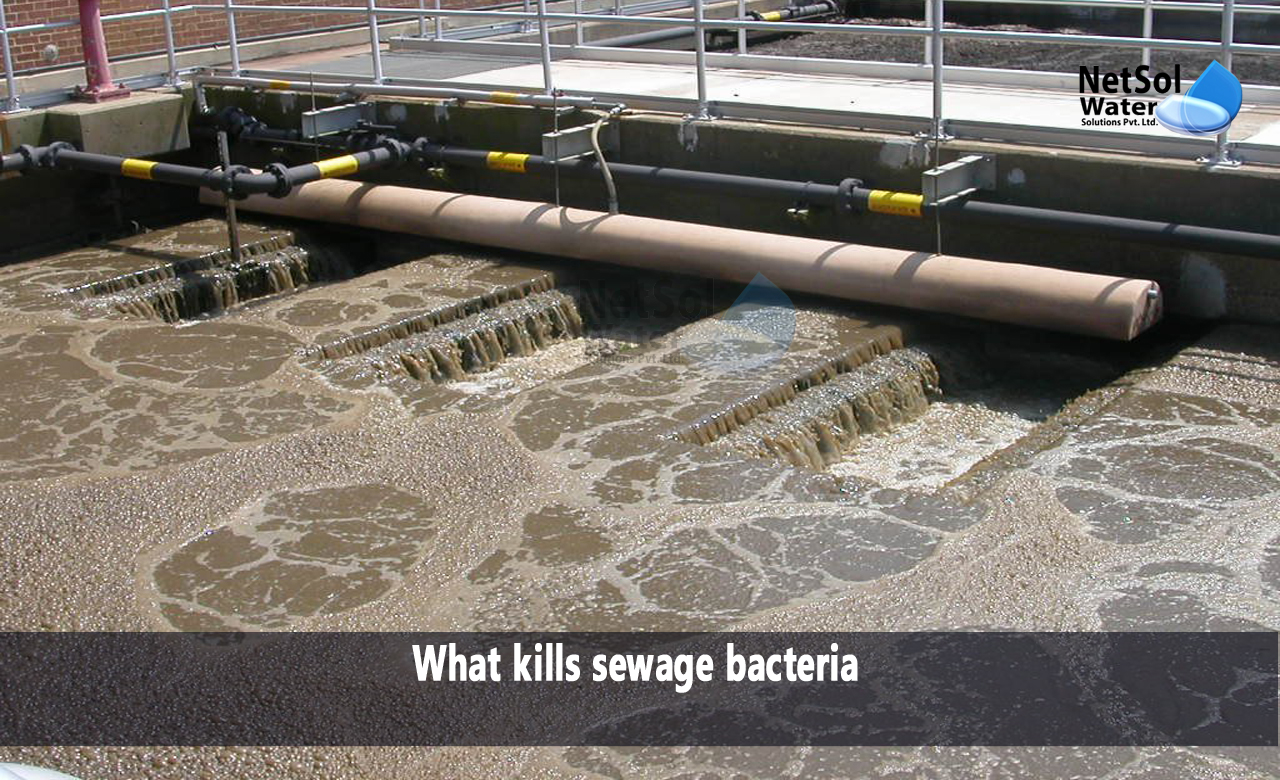What kills sewage bacteria?
Sewage bacteria are essential to the treatment of wastewater because they help clean the water before it is discharged back into the environment by decomposing organic materials and contaminants. However, a number of variables can affect the survival and performance of sewage bacteria in this crucial process. In this blog, we'll look at the things that can kill sewage bacteria and the precautions that are taken to guarantee that they function as efficiently as possible in wastewater treatment facilities.
I. Environmental Factors
· Temperature
Temperature fluctuations have an impact on sewage microorganisms. Typically, mesophilic environments range from 77°F to 104°F (25°C to 40°C), where they flourish. These bacteria can be killed by extreme temperatures, either too hot or too cold. While freezing temperatures can cause cell rupture, high temperatures can denature proteins and impair cellular processes
· pH Values
Because there are several chemicals and contaminants present in wastewater, the pH levels might change. Typically, sewage bacteria perform best at neutral pH values of around 7. Bacterial cell membranes and enzymes can be harmed Toxic Substances
· Toxic Substances
Various harmful compounds, such as heavy metals, herbicides, and industrial chemicals, can be found in wastewater. These poisons have the power to stop bacterial growth and metabolic activity. Some might even be fatal to sewage bacteria, preventing them from decomposing organic matter and contaminants. by extreme acidity (low pH) or alkalinity (high pH), which finally results in their demise.
II. Chemical Treatments
· Disinfectants
To eliminate dangerous pathogens like viruses and bacteria, disinfectants like chlorine or ozone are occasionally employed in the wastewater treatment process. If not used properly, these disinfectants may potentially have an impact on sewage bacteria. For instance, high chlorine concentrations can kill good microorganisms in sewage treatment facilities, limiting their capacity to filter water.
· Antibiotics
In rare instances, human excretion or industrial discharge may cause antibiotics to end up in wastewater. Antibiotics, which might unintentionally affect sewage bacteria populations if present in large enough quantities, are made to kill or hinder the growth of bacteria.
III. Mechanical Stress
· Aeration and mixing
In wastewater treatment facilities, mechanical procedures like mixing and aeration are crucial for fostering the development and activity of sewage bacteria. However, bacterial cells can be harmed by extreme mechanical stress. This also applies to the shearing pressures produced by high-speed mixers, which can damage and weaken bacterial cells.
IV. Competition from Other Microorganisms
· Predation
Protozoa and bacteriophages are two examples of organisms that can feed on sewage bacteria. Predation can drastically lower bacterial populations, which has an impact on the effectiveness of wastewater treatment procedures as a whole.
· Conflict over Resources
Sewage bacteria must contend with other microorganisms in wastewater for resources and nutrients. The treatment process may be impacted if other microbes successfully outcompete sewage bacteria for these vital supplies.
V. Maintenance and Monitoring
· Vitamin Levels
For sewage bacteria to flourish, proper nutrient levels, including nitrogen and phosphorus, are necessary. Low nutrition levels can thwart bacterial growth and metabolism, reducing the effectiveness of treatment. Maintaining a healthy bacterial population requires constant monitoring and nutrition level adjustments.
· Recurrent Upkeep
To reduce mechanical stress and ensure the system operates well, routine maintenance of wastewater treatment equipment is crucial. Equipment failures brought on by poor maintenance may indirectly harm sewage microorganisms.
Conclusion:
In order to filter water before it is released back into the environment, sewage bacteria are essential parts of wastewater treatment systems. They aid in the breakdown of organic materials and contaminants. However, a number of variables, such as the atmosphere, chemical treatments, mechanical stress, rivalry with other microorganisms, and upkeep procedures, might affect their survival and efficacy.
It is essential to properly manage these elements in order to guarantee the best performance of sewage bacteria in wastewater treatment. As part of this, it's important to keep things at the right temperature and pH level, limit exposure to harmful substances, use antiseptics and disinfectants sparingly, and avoid too much mechanical stress. Additionally, sewage bacteria can be supported in their crucial function by keeping an eye on nutrient levels and performing routine maintenance on wastewater treatment equipment.
Netsol Water is Greater Noida-based leading water & wastewater treatment plant manufacturer. We are industry's most demanding company based on client review and work quality. We are known as best commercial RO plant manufacturers, industrial RO plant manufacturer, sewage treatment plant manufacturer, Water Softener Plant Manufacturers and effluent treatment plant manufacturers. Apart from this 24x7 customer support is our USP. Call on +91-9650608473, or write us at enquiry@netsolwater.com for any support, inquiry or product-purchase related query.



